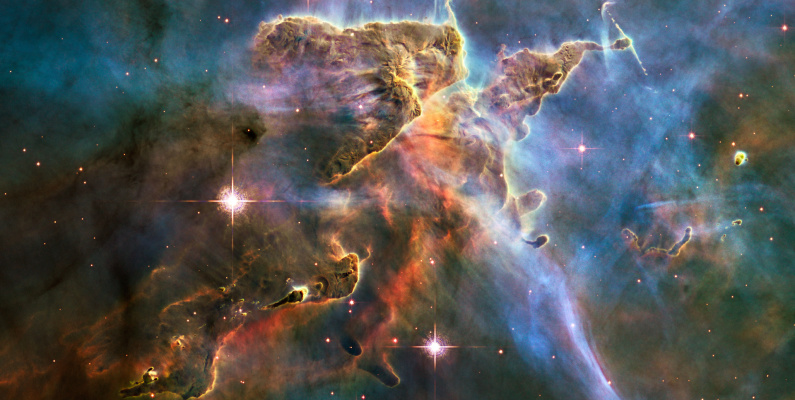
With long clear wintry nights providing great visibility for stargazing, our Perpetual Guardian Planetarium Sky Tonight presenter, Isobel Andrewartha would like to introduce you to the constellations. We’ll feature one each month.

Image credit: IAU and Sky &Telescope magazine.
Carina is located to the east of Crux (Southern Cross) and is best known to us for holding the FalseCross and Diamond Cross within it.
Carina was one of the original 88 constellations, but when first named it was part of a much larger constellation called Argo Navis. Argo was what we now know as Carina, Puppis and Vela.

Image: Johannes Hevelius drew the constellation in Uranographia, his celestial catalogue, in 1690.
If you’ve heard of Jason and the Argonauts, then you know of their boat – the Argo. The three constellations, Carina, Puppis, and Vela represent different parts of the Argo. Vela is the sail, Puppis the prow (or poop deck), and Carina the keel (the central line of the hull, often with a fin on it in modern yachts). In the above map you can almost see the Argo, with Vela to the top left and Puppis, top middle.
Carina’s most notable feature is the star Canopus. It is the second brightest star in the night sky, and because it is so bright and easily seen there are a lot of myths about it. Carina is named, following the mariner theme, after the navigator of Menelaus (King of Sparta). Here in New Zealand it is known as Atutahi and is sacred, standing apart from the other stars in the Milky Way. A good way to decide whether the star you are looking at is Canopus is to see if it is near anything else – if it is not, it’s definitely Canopus.
One of the coolest deep space objects in Carina is the Carina Nebula.

Image credit: NASA, ESA, and M. Livio, The Hubble Heritage Team and the Hubble 20th Anniversary Team (STScI)
The Carina Nebula is larger than the more famous Orion Nebula. It is brighter, and being circumpolar (circling the north or south celestial poles without ever dipping below the horizon), is visible more often than the Orion Nebula. Also, it contains the spectacular Eta Carinae – a hypergiant star. Eta Carinae has been closely watched since the 1830s when it erupted in an event cunningly named the Great Eruption. It became the second brightest star in the sky for two decades. This explosion created the Homunculus Nebula, which encases Eta Carinae. It’s very pretty.

Image credit: Nathan Smith (University of California, Berkeley), and NASA
Lots more could be said about Eta Carinae, but Carina already has so much going on – the story of the Argo, the Carina Nebula, and Eta Carinae and the Great Eruption of 1837–1857.
Happy sky watching!
